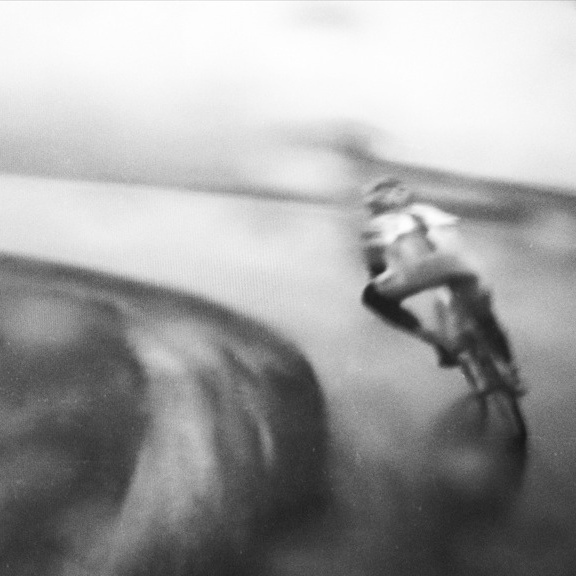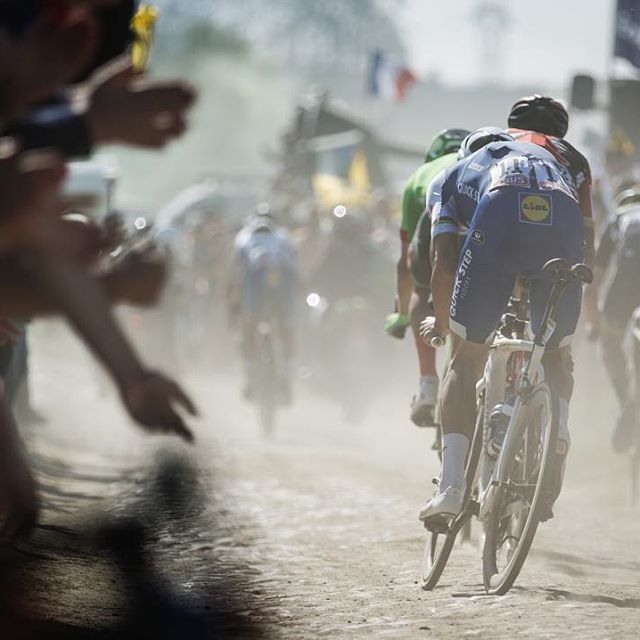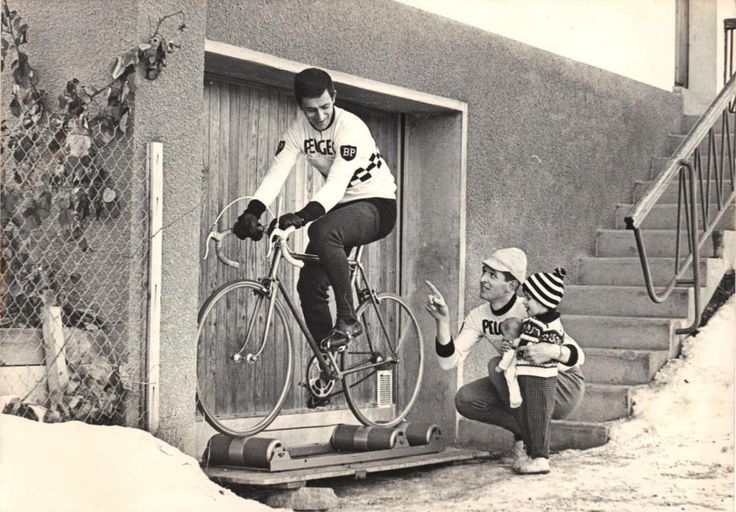Descendeur

We close out the 6 Days of the Giro with our sixth and final installment.
A body at rest, stays at rest. A body in motion, stays in motion. Things get a bit more ambiguous when it comes to a body on a bicycle tearing down a twisty mountain descent at speed, particularly in the rain. But it is here, on the boundary between clarity and ambiguity, where things get interesting.
Cornering feels a bit like you’re stealing from Physics, as if you’re getting away with something. Momentum, as fundamental as it is, doesn’t know what’s good for us and stubbornly wants to carry us on its merry path. The faster we go, the bigger its influence becomes and the harder we push against it, balancing on the knife’s edge between our body’s lean and the bike’s pull. For those skilled in this craft, the bicycle and rider carve through the bend in perfect harmony.
I’m not particularly good at cornering, which is to say I’m not particularly good at descending. Its a shame, too, because given my size I’m not very good at climbing, either. The way to get better is to practice, and not to give Rule #64 too much thought. You will crash if you want to get better, but you mustn’t lose your nerve. A nervous descender is a bad descender and everyone knows where to find bad descenders.
The riders getting the most practice in this discipline must surely be les grimpeurs for it seems they would be riding down all those mountains they’re riding up. The surprising truth is that this does not always appear to be the case; one need look no farther than Andy Schleck to find evidence of that particular postulate. Furthermore, one would think that a professional, who by the very nature of their occupation is quite used to finding themselves on the tarmac, would be most able to come off and not lose their nerve. This, also, doest not always appear to be the case.
The Giro, known for its narrow mountain roads, is won as much on the descents as it is on the climbs. Who can forget the 1988 Giro, which was won on the descent of the Gavia, not its climb. Or the 2002 and 2005 editions when Il Falco used every millimeter of road as he swept through the hairpin bends to distance his rivals. This year, Brad Wiggins had already put himself on the back foot on GC when he came off on a slow bend and spent the rest of the stage riding like his tires were made of glass. On the same stage, Nibali attacked and came off on a high speed corner before jumping back on his machine and rejoining the leaders moments later. The difference is a question of not only skill, but fearlessness.

